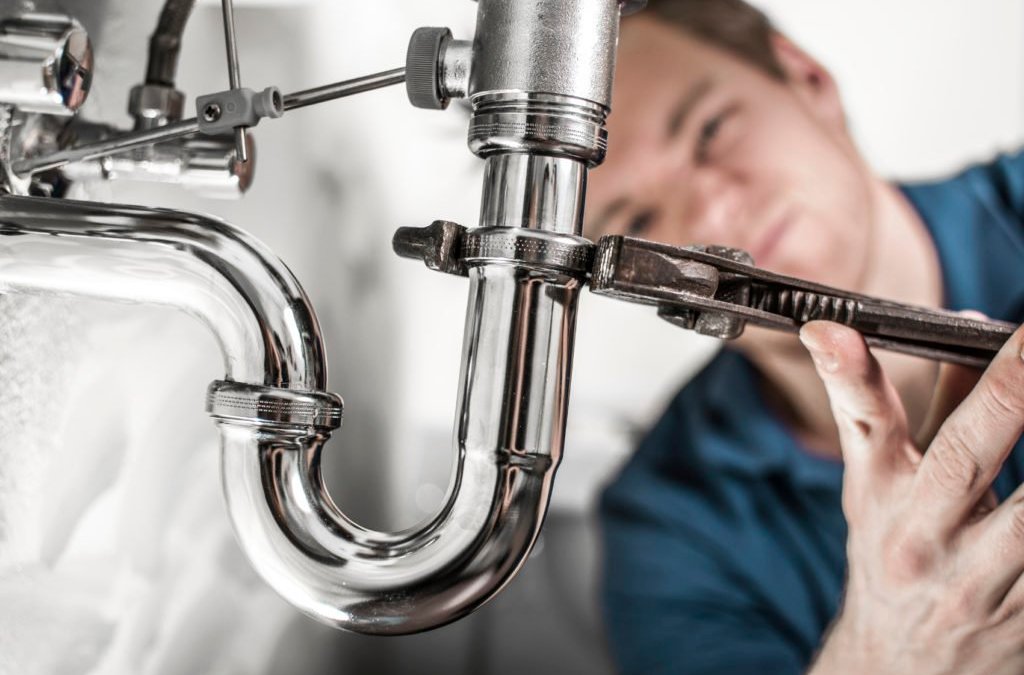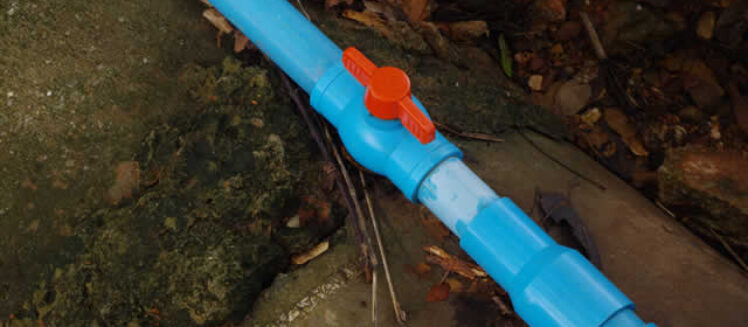Getting the Foundations of Home Plumbing: A Beginner's Primer
Getting the Foundations of Home Plumbing: A Beginner's Primer
Blog Article
We've encountered this post involving What to Know About Plumbing: Basics, Tips, and Insights down the page on the web and thought it made perfect sense to share it with you on my blog.

Plumbing is a vital facet of any kind of home, responsible for providing clean water for alcohol consumption, food preparation, and showering, in addition to eliminating wastewater securely. Comprehending the essentials of home plumbing is essential for every house owner to ensure correct maintenance, troubleshooting, and, if needed, repair work. In this newbie's overview, we'll cover the basic principles of home plumbing to assist you become more acquainted with just how it works.
Supply Of Water System
The water supply system brings clean water into your home from a metropolitan water resource or a private well. It contains a primary water line that connects to your home's plumbing system, normally situated underground. A water meter determines the amount of water taken in, while a shut-off valve allows you to manage the circulation of water right into your home.
Plumbing Fixtures
Plumbing fixtures are gadgets that supply water to numerous parts of your home and include sinks, taps, toilets, showers, bathtubs, and home appliances such as dishwashing machines and washing devices. Each fixture is linked to the water system system via pipelines and installations and may have its shut-off valve for maintenance or emergencies.
Water Heater
The water furnace is accountable for heating water for domestic usage, including showering, food preparation, and cleansing. Typical kinds of hot water heater include tank-type hot water heater, tankless (on-demand) water heaters, and heatpump hot water heater. The hot water heater is connected to the water system system and supplies hot water to plumbing components as needed.
Drainage System
The drain system removes wastewater from your home and brings it away to a sewage treatment center or septic system. It contains a network of pipelines, fittings, and components that deliver wastewater from plumbing fixtures to the primary sewage system line or sewage-disposal tank. Correct drainage is vital to stop clogs, backups, and sewer leakages.
Air flow System
The ventilation system aids maintain proper atmospheric pressure and protect against sewage system gases from entering your home. Vent pipes, additionally called vent stacks, expand from plumbing fixtures to the roofing system, enabling sewage system gases to run away safely outside. Ventilation pipelines also permit air to get in the water drainage system, facilitating smooth wastewater circulation and protecting against suction or vacuum results.
Usual Plumbing Devices
Having the right tools accessible is important for performing standard plumbing repairs and upkeep tasks. Common plumbing tools consist of adjustable wrenches, pipe wrenches, pliers, pipeline cutters, hacksaws, plungers, augers (or drainpipe snakes), and Teflon tape. Having these tools conveniently available can aid you tackle small plumbing concerns successfully.
Basic Plumbing Repair Services
While some plumbing fixings may require specialist aid, numerous usual problems can be addressed with basic DIY techniques. Learning exactly how to repair a leaky tap, unblock a drain, change a toilet flapper, or fix a leaking showerhead can save you time and money on plumbing fixings.
Conclusion
Comprehending the essentials of home plumbing is important for every homeowner to keep a secure, useful, and effective plumbing system. By familiarizing yourself with the supply of water system, plumbing fixtures, water drainage system, air flow system, common plumbing tools, and standard repairs, you can confidently resolve small plumbing concerns and ensure your home's plumbing system operates smoothly.
Plumbing for Beginners: A Comprehensive Guide
If you’re a beginner when it comes to plumbing, don’t worry; you’re not alone. Plumbing may seem intimidating, but with the right knowledge and a little practice, you can handle many common plumbing issues on your own. In this comprehensive guide, we will demystify the world of plumbing for beginners, providing you with the basic knowledge and skills needed to tackle common plumbing problems and even take on some DIY plumbing projects.
The Importance of Basic Plumbing Knowledge for Beginners:
First and foremost, basic plumbing knowledge gives you a solid foundation. It helps you grasp the key concepts and terminology that are essential in this field. By learning the basics, you’ll be able to build upon that knowledge and tackle more complex plumbing tasks in the future.
Having a basic understanding of plumbing also enables you to handle common issues that may arise in your home. Picture this: a leaky faucet or a clogged drain. With some basic plumbing knowledge, you’ll have the confidence to troubleshoot and fix these problems on your own. It saves you from unnecessary expenses and the hassle of waiting for a professional to arrive.
As a beginner, learning the basics of plumbing empowers you to take care of your own home. It gives you a sense of independence and self-reliance. You’ll no longer have to rely solely on professionals for every small issue that pops up. Instead, you can handle many tasks yourself, saving time and money in the process.
Remember, everyone starts as a beginner. Embrace the learning process and take small steps to expand your plumbing knowledge. There are plenty of online resources, tutorials, and even local workshops that talk about plumbing for beginners.
Essential Tools for Plumbing for Beginners
As you start your plumbing journey, having the right tools in your toolbox is crucial. Let’s explore some of the must-have tools:
Adjustable Wrench:
This versatile tool is a staple in any plumber’s toolbox. It allows you to tighten or loosen nuts and bolts of various sizes. Make sure to have an adjustable wrench with a comfortable grip.
Pipe Wrench:
A pipe wrench is specifically designed for gripping and turning pipes. It has serrated jaws that provide a strong grip, making it easier to loosen or tighten threaded pipes and fittings.
Plunger:
The plunger is a simple yet effective tool for clearing clogged drains and toilets. It creates suction when you push and pull, helping to dislodge blockages. Keep a good-quality plunger handy for those unexpected clogs.
Pipe Cutter:
When it comes to cutting pipes, a pipe cutter is your go-to tool. It creates clean, precise cuts without damaging the pipe. Look for a pipe cutter that can handle the pipe sizes you’re working with.
Hacksaw:
A hacksaw is useful for cutting through pipes, screws, and other materials. It’s a versatile tool that can handle different cutting tasks. Remember to use a blade suitable for cutting metal.
Tape Measure:
Accurate measurements are crucial in plumbing. A tape measure allows you to measure pipe lengths, distances, and dimensions accurately. Opt for a sturdy tape measure that extends a good length.
Pliers:
Pliers come in handy for various tasks, such as gripping, bending, and cutting. Slip-joint pliers with adjustable jaws are great for gripping pipes, nuts, and bolts.

Do you appreciate reading about How Does the Plumbing Work in Your Home?? Make a remark below. We will be pleased to know your ideas about this page. In hopes that you visit us again later on. Those who enjoyed reading our blog entry plz do not forget to pass it around. Thanks so much for taking the time to read it.
Call Report this page